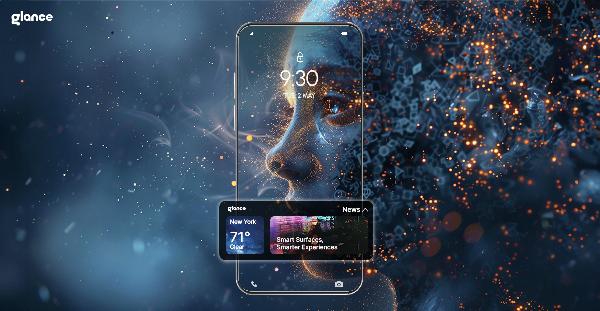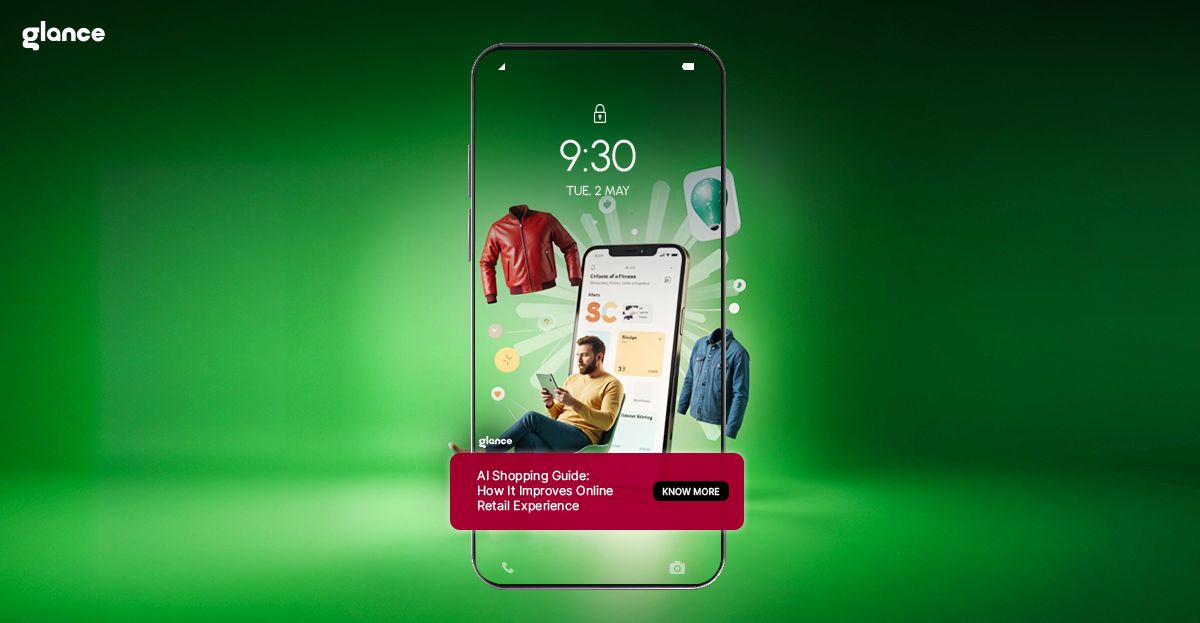How AI Works in Mobile: The AI Revolution in Your Pocket

Strong 8k brings an ultra-HD IPTV experience to your living room and your pocket.
In the era of smartphones, artificial intelligence (AI) has become the invisible force driving innovation and enhancing user experiences. From the moment you pick up your device to the countless interactions throughout your day, AI is working tirelessly behind the scenes. Let's explore the intricate mechanisms of how AI works in mobile technology and discover how it's revolutionizing our digital interactions.
The AI Engine: Powering Smart Devices
At its core, AI in mobile devices refers to the implementation of machine learning algorithms and neural networks that can process data, learn from user behavior, and make decisions or predictions. These AI systems are designed to run efficiently on the limited hardware resources of a smartphone, using techniques like on-device machine learning and edge computing.
Example 1: On-Device Natural Language Processing
One of the most prevalent examples of how AI works in mobile devices is natural language processing (NLP). Virtual assistants like Siri, Google Assistant, and Alexa use sophisticated NLP algorithms to understand and respond to voice commands. These AI models can interpret context, accents, and even emotional tones, all while processing the information locally on your device for faster response times and enhanced privacy.
Personalization: Your Phone Knows You Better
AI's ability to learn and adapt is perhaps most evident in how it personalizes your mobile experience. By analyzing your usage patterns, preferences, and behaviors, AI algorithms create a tailored interface that anticipates your needs.
Example 2: Adaptive Battery Management
Google's Adaptive Battery feature, introduced in Android Pie, is a prime example of AI at work. This system uses on-device machine learning to understand your app usage patterns and optimize battery consumption. It predicts which apps you're likely to use in the near future and which ones can be put into a low-power state, significantly extending battery life without requiring user intervention.
Enhancing Mobile Photography with AI
The camera has become one of the most important features of modern smartphones, and AI is at the forefront of mobile photography innovation.
Example 3: Computational Photography
Apple's Deep Fusion technology, introduced with the iPhone 11, showcases the power of AI in mobile photography. This system uses machine learning algorithms to analyze multiple exposures pixel by pixel, selecting the best elements from each to create a single, high-quality image. The AI works in real-time, adjusting for lighting conditions, subject matter, and even artistic style preferences learned from your previous photos.
Predictive Text and Autocorrect: AI That Speaks Your Language
Text input is a fundamental aspect of mobile interaction, and AI has revolutionized how we communicate through our devices.
Example 4: SwiftKey's Neural Network-Based Prediction
Microsoft's SwiftKey keyboard uses a neural network to provide highly accurate next-word predictions and autocorrections. The AI model learns from your writing style across various apps and can even pick up on slang or nicknames you frequently use. As you type, the neural network processes your input in real-time, offering suggestions that become increasingly personalized over time.
An AI-Powered Glance Lock Screen With Stories
Example 5: Glance's AI-Powered Lock Screen
Glance, a pre-installed feature on many Android devices designed by InMobi, exemplifies how AI works in mobile to transform even the most basic interface elements. This innovative Glance lock screen with stories leverages machine learning algorithms to create a highly personalized content experience before you even unlock your phone.
The AI behind the Glance lock screen with stories, analyzes your content consumption patterns and interaction history to build a comprehensive user profile. It then uses this data to curate a dynamic lock screen that displays information, news, and entertainment tailored to your preferences. As you interact with the content, the AI continuously refines its understanding of your interests.
The Future of Mobile AI: Edge AI and Beyond
As AI technology continues to advance, we're seeing a shift towards edge AI, another example of how AI works in mobile. This is where more processing occurs directly on the device rather than in the cloud. This trend promises faster response times, improved privacy, and the ability to function offline.
Qualcomm's AI Engine, integrated into their Snapdragon mobile platforms, is paving the way for more sophisticated on-device AI applications. This dedicated hardware accelerates AI tasks, enabling features like real-time translation, advanced facial recognition, and augmented reality experiences that seamlessly blend the digital and physical worlds.
Privacy and Security: AI as the Guardian
With the increasing amount of personal data stored on our mobile devices, AI plays a crucial role in protecting user privacy and security.
AI-powered systems can detect unusual patterns in device usage or network traffic that might indicate a security threat. For example, machine learning models can identify potential phishing attempts in emails or text messages, warning users before they fall victim to scams.
Moreover, AI is instrumental in developing advanced biometric authentication methods. Facial recognition systems use neural networks to create detailed maps of facial features, ensuring secure device access even as a user's appearance changes over time.
AI in App Ecosystems: Smarter Software
The influence of AI extends beyond core device functions to the vast ecosystem of mobile applications. App stores now use AI algorithms to recommend apps based on your usage patterns and preferences.
Within apps themselves, AI powers features like content recommendations on streaming platforms, personalized workout plans in fitness apps, and intelligent routing in navigation software.
Social media platforms leverage AI to curate your feed, showing you content that you're most likely to engage with. While this has raised concerns about echo chambers, it demonstrates the profound impact AI has on shaping our digital experiences.
Challenges and Ethical Considerations
As we embrace the ways of how AI works in mobile technology, it's crucial to address the challenges and ethical considerations that come with it. Privacy concerns, algorithmic bias, and the potential for AI to reinforce harmful stereotypes are issues that developers and users alike must grapple with.
Transparency in how AI makes decisions and the ability for users to control their data are becoming increasingly important. As mobile AI systems become more sophisticated, ensuring they operate ethically and in the best interests of users will be paramount.
Conclusion
The integration of AI into mobile technology has ushered in an era of unprecedented personalization, efficiency, and capability in our pocket-sized devices. From the moment we wake up to when we set our alarms for the next day, AI is there, learning, adapting, and enhancing our mobile experience. As we look to the future, the symbiosis between AI and mobile technology promises to unlock new possibilities, forever changing how we interact with the digital world.
Note: IndiBlogHub features both user-submitted and editorial content. We do not verify third-party contributions. Read our Disclaimer and Privacy Policyfor details.







